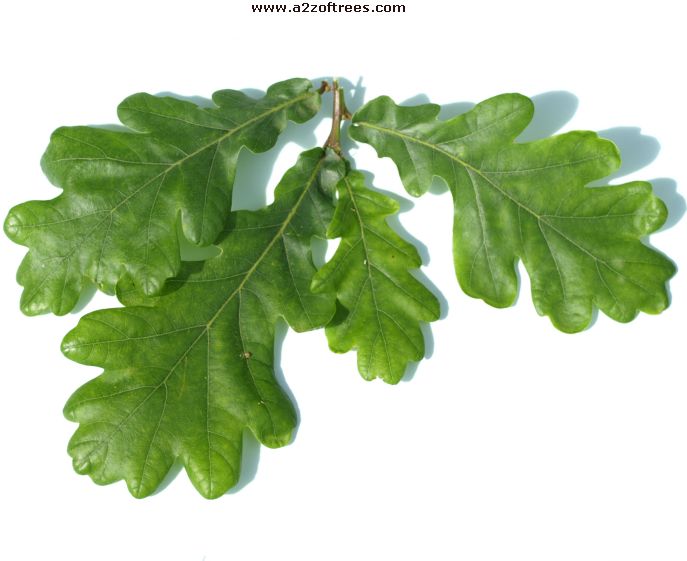It looks like you're not paying much attention to architectural detail. You understand that houses are built from basic geometric shapes but you're not playing around with more intricate shapes or structural supports which add infinite levels of interest to a building. Windows don't have to be square. Not all windows on the same building have to be the same shape and size. A building doesn't have to be a rectangle, you can add curves and little 'castle domes'. A door doesn't have to connect immediately to the lawn, it can have a little archway you walk through to get to it. You can have an upstairs balcony that is connected to the ground level via a staircase on the front. There's millions of ideas to play with.
Like Kayke mentioned, texture is a big player. I was at a convention recently and I was approached by a former teacher who is an editor and had done work for Marvel in the past. He struck up a conversation about texture in my work (had a folder to flip through with old and new artwork) and noted to me that the older images suffered from being too smooth. He told me that texture is one of the biggest areas where artist fall. Visually detailing the difference between surfaces is what takes an image from being "amateur" to something much more polished. This is disregarding whether you colour or use black and white, both mediums are capable of depicting texture. It's a matter of trial and error to discover methods that work for you.
People mention photo references but the point is to pay close attention. When you go out, just start considering what objects randomly line your street. Garbage bins, street lights, people, stay animals, corner stores, city landscaping etc. Then start cataloging in your mind the various looks at different houses. Don't use one just one photo to draw one house. Use 5 or 10, draw inspiration from features they all have. In no time you'll be able to start designing interesting architecture on the fly.
Other things that help bring interest to an architectural background is observation of flora, too. You can draw your average generico brand tree and shrubs in every picture for your gardens and city landscaping or you can pay attention to how landscapers actually design them. Google is your friend, start looking up flower and tree varieties and then google for the specific type you want for a bunch of photo refs. Just look at these two and compare:
Oak tree:

Oak leaf close up:

Indian Mast Tree:

Indian Mast Tree leaf close up:

Even trees that do look relatively the same from afar will have different trunk and branching structures, and different shaped leaves and sizes. So even if you're drawing the "generico" tree, at least pick out the type of tree you're drawing on google to give it some amount of believable detail. The only time you see a bunch of trees that are exact same type is in a forest where they establish "colonies." However they'll always be mixed in with other tree and plant species competing for space and light, all you're seeing is that the forest is more heavily dominated by one type of plant. (There's only one known forest on earth colonized by one type of tree, so, pretty damn rare.) City landscaping might row a bunch of the same type of trees down a street, they're usually selected for looks and/ or scent. But there's also a caveat to drawing a bunch of the same type of tree: they don't all grow at the exact same rates, vary the heights and even canopy shape, they don't branch the exact same either. Diversity is the spice of life here.
This is the first page from my comic. I designed this house myself after pulling inspiration from about 10 different medieval and modern day houses. It's admittedly bland even then, but purposefully so for the culture/ world they live in.
It's far from perfect but the point is to show that medium and method is largely irrelevant for backgrounds. The point is really to just open your mind to the world around you and start observing more closely. From the grass to the house to the trees and sky, nothing within those subjects are static, they all have something to vary them. The clouds are fluffy cumulus mixed with stratus. You have an oak and willow tree. You have crawling vines, clover, wild flower and delphinium in the garden. The house is a mix of wood, stone and plaster. The windows on the second floor have detailed designs, the first floor are simple arches. The house is a standard rectangle but a balcony and small extension wings make it a little more interesting.